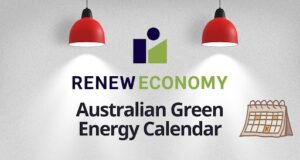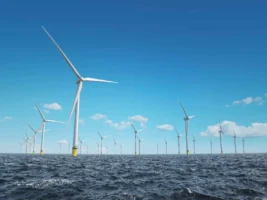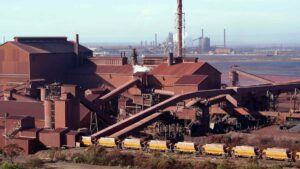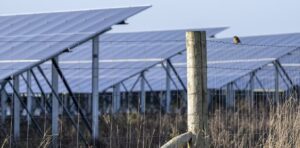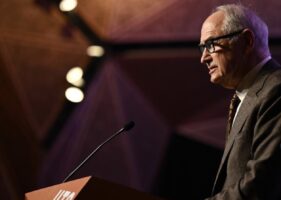A western NSW regional council is moving ahead with plans to install solar panels on many of its local government buildings, in an effort to offset rising electricity costs, and ahead of an expected increase in service charges for public lighting.
Warrumbungle Shire Council last month carried a motion to investigate the installation of solar PV systems on all appropriate council buildings as a way to generate extra revenue and pay for increased electricity costs.
The council, based in Coonabarabran, is one of many in rural NSW that stand to be affected by the recent proposal from state government-owned network operator, Essential Energy, to hike up the costs of public lighting maintenance – starting July 2015.

Essential Energy, which claims it has been under-recovering for the service in the past, submitted the plans to the Australian Energy Regulator in July. If approved, the changes have been estimated to lead to huge increases in public lighting costs for some NSW cities. For Warrumbungle, the added cost is tipped at about 113 per cent, according to council.
Warrumbungle Shire Councillor Victor Schmidt, the local businessman who put last month’s solar motion, describes the move to go solar as a “no-brainer” for the council, and says he based the proposal on his own experience installing solar at his business – a investment he expected will be paid off in under six years.
“The quotations that I received to almost negate my power account were just short of $50,000. With interest I would be able to repay the loan, at the current rate that I was paying for power (no additional costs incurred with borrowed money) in 5 – 6 years,” Schmidt said in the motion. “After that period it would save my business $12,000 per annum plus increases for the duration of the Solar Panel Life (currently 20 – 25 years).”
“It’s just prudent management,” Schmidt told RenewEconomy in an interview on Thursday. “Cash flow is king. If you can reduce your fixed costs, then you’ve got money to direct elsewhere.”
Like other councils on the central and western slopes, Warrumbungle Shire already has a lot of solar installations. According to the APVI solar map, the council has installed capacity of around 2.5MW on 975 home rooftops, a penetration rate of around 21.3 per cent. Coonabarabran and surrounding towns have a solar penetration rate of 31.2 per cent on residential dwellings, with some 1.6MW installed on 610 properties, and generating around 2,400MWh a year.
For the council, which has between 80 to 100 buildings thought to be suited to rooftop solar panels, Schmidt has estimated that with current state government rebates and low interest loans available, Warrumbungle Shire could all but negate its power costs within five years at no upfront cost to council budget.
“Additional benefits,” he said in the motion, “would be a huge acknowledgement for the Warrumbungle Shire Council and its pro-active actions against climate change and the Green vote.” As well as increased funds to be directed into other council projects.
And while the move to solar in the Shire has gained momentum due to Essential Energy’s proposed changes, Schmidt says a shift towards renewable energy has been on the cards for a while.
“Regional Australia is well aware of the idea that we have this resource that is self-sustaining,” Schmidt told RenewEconomy.
A couple of years ago, he adds, the council was working on a proposal for a prototype 5MW solar thermal power plant for the area; a plan that was deemed entirely feasible for the area – Warrumbungle is rated zone 8 (near top) for its solar resource – but “was kneecapped because of funding.”
With the rooftop solar project, however, “the budget requirements are none,” says Schmidt. “This is an offset.”
The Shire’s general manager, Steve Loane, says Schmidt’s proposal was well supported by other councillors and is being taken seriously.
“We’re very keen to find as much offset as we can and increase our revenue stream because council is being impacted to the tune of 113% it’s about $36,000 extra on top of our $80,000 now for the street lighting,” Loane said.
And while the council is also appealing for proposed public lighting costs to be reduced, says Loane, it’s also looking to develop a revenue stream.
“The council owns lots of buildings, we have lots of sunshine and we’re only open mainly during the day time so hopefully we can have a positive impact,” he said.
Council staff are expected to deliver a report on the proposal within a few months.


